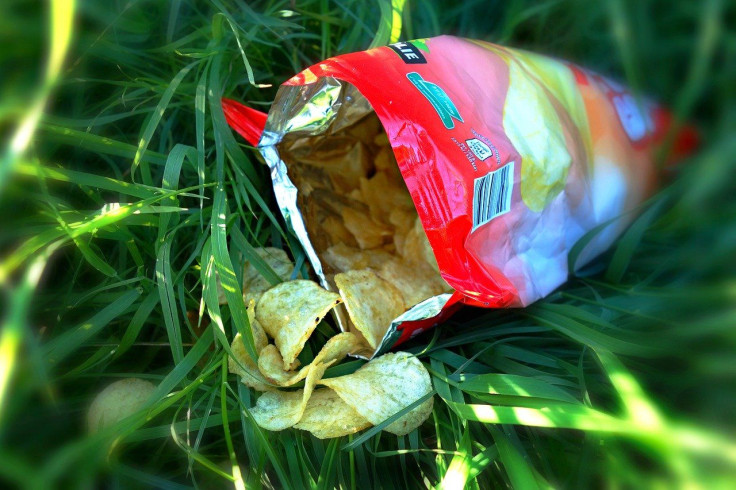Americans' Consumption Of 'Ultra-Processed' Foods Increased In Past 2 Decades: 18-Year Study
KEY POINTS
- Researchers saw an increase in ultra-processed food consumption "regardless of income"
- Among the demographic groups, Hispanic adults ate less ultra-processed foods
- Ultra-processed food consumotion may be a "key driver of the "obesity epidemic"
How has Americans' consumption of ultra-processed foods changed in the last two decades? It increased in "almost all segments of the U.S. population," an 18-year study has found.
Ultra-processed foods are the ones that are manufactured industrially, New York University (NYU) noted in a news release. Compared to unprocessed or minimally processed foods, which tend to have the nutrients intact as they are still in or close to the natural state, ultra-processed foods are said to be "largely devoid" of whole nutrients.
Some examples of ultra-processed foods are frozen pizza, fast food and many kinds of cereal. In previous studies, high ultra-processed food consumption has been linked to heart disease and obesity.
For their new study, published in the American Journal of Clinical Nutrition, a team of researchers looked at data from 41,000 adults who were a part of the Centers for Disease Control and Prevention's (CDC) National Health and Nutrition Examination Survey from 2001 to 2018.
The participants noted the foods they had eaten in the last 24 hours, which the researchers placed into four categories -- "whole foods" or minimally processed foods such as vegetables and fruits, "processed culinary ingredients" such as salt and olive oil, "processed foods" such as canned beans and cheese, and "ultra-processed foods" such as canned soup, soda and salty snacks.
The researchers found that participants' consumption of ultra-processed foods had actually increased from the beginning of the study to the end, with the consumption of ready-to-eat meals seeing the highest increase. And while the consumption of sugary drinks and some sugary foods saw a decline, the consumption of whole foods also saw a dip from 32.7% to 27.4%.
"People across nearly all demographic groups, regardless of income, increased their consumption of ultra-processed foods, with the exception of Hispanic adults, who ate significantly less ultra-processed foods and more whole foods compared with non-Hispanic white and Black adults," NYU noted.
They also found a rather interesting change in the consumption pattern among adults -- 60 years old and over. From the beginning of the study when they were eating the least amount of ultra-processed foods and the most amount of whole foods, the trend had switched by the end of the study, with participants in this age group eating the least whole foods and most ultra-processed foods.
"The overall composition of the average U.S. diet has shifted towards a more processed diet. This is concerning, as eating more ultra-processed foods is associated with poor diet quality and higher risk of several chronic diseases," study lead author, Filippa Juul of NYU School of Public Health, said in the news release. "The high and increasing consumption of ultra-processed foods in the 21st century may be a key driver of the obesity epidemic."
And since the study looked at data prior to the pandemic, this has not taken into account the dietary changes observed during the pandemic, which saw a shift to more "shelf-stable foods," NYU noted. According to Juul, it's possible that people may have consumed more packaged "comfort foods" to cope with the uncertainty of the situation.
There are some small and simple changes people can make to reduce their consumption of ultra-processed foods, Healthline noted. For instance, instead of eating artificially flavored cheese crackers, people can switch to naturally flavored crackers or whole-grain crackers with cheese slices. Instead of indulging in a candy bar with a long ingredients list, they can opt for dark chocolate squares.

© Copyright IBTimes 2024. All rights reserved.






















